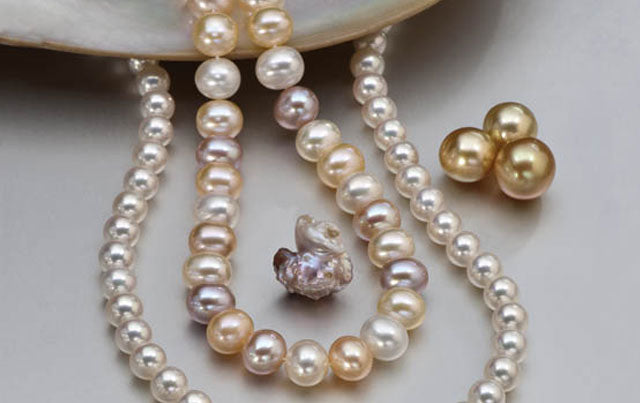
Share
How to judge a pearls quality?
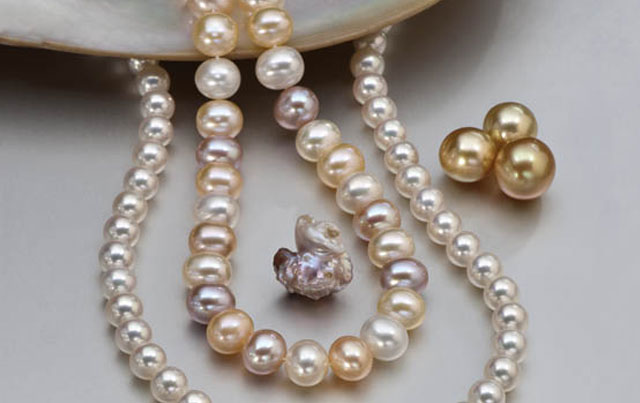
How To Judge A Pearl's Quality?
A cultured or natural pearl’s quality may be determined by judging the pearls shape, size, shine/lustre, surface, colour, and nacre quality and for pearls jewellery with more than two pearls- matching, is another factor.
The 7 factors affecting the pearl quality include:
01. Type:
Pearls may be freshwater cultured pearls, salt water cultured pearls or natural pearls. Saltwater cultured pearls are often superior in quality than freshwater cultured pearls. Natural pearls are rare and more precious than cultured pearls.
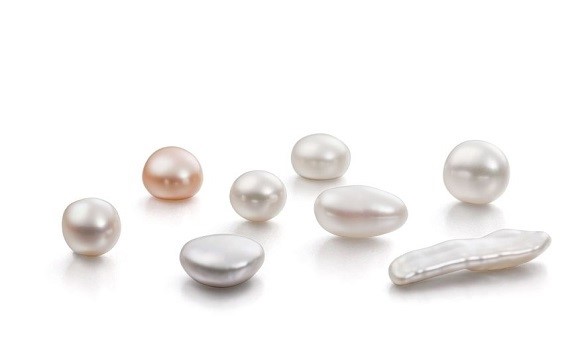
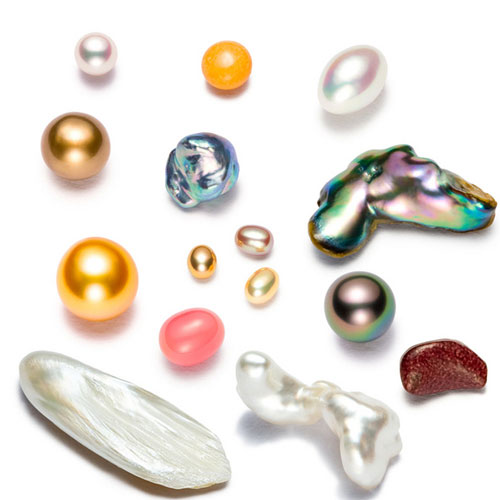
02. Shape:
Pearls can come in various different shapes, i.e. round, oval, button, baroque and others. Round pearls are the most difficult to form in an oyster therefore are the most expensive of all; however, certain perfect shapes of oval or baroque may be more expensive than round pearls.
03. Size:
Pearls vary in size from small as 1mm to as big as 18mm size. Keeping all other factors equal, larger pearls are rarer than smaller pearls of the same type.
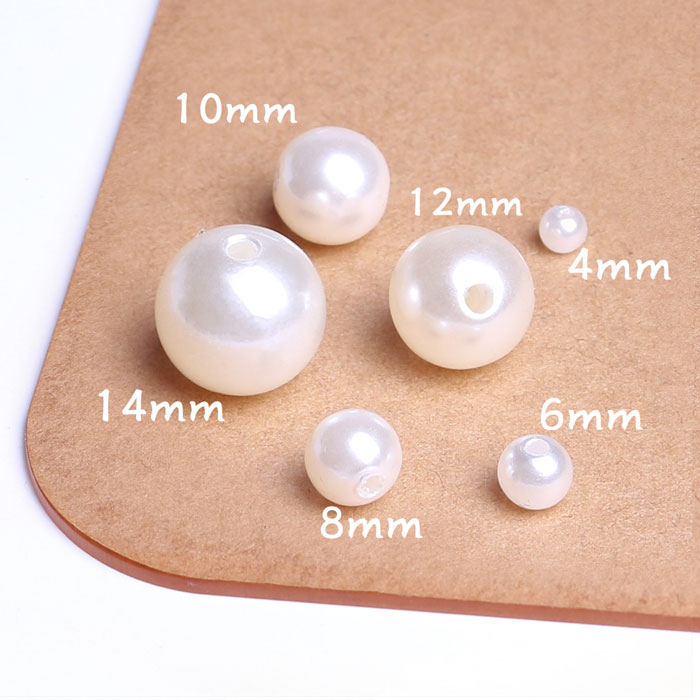
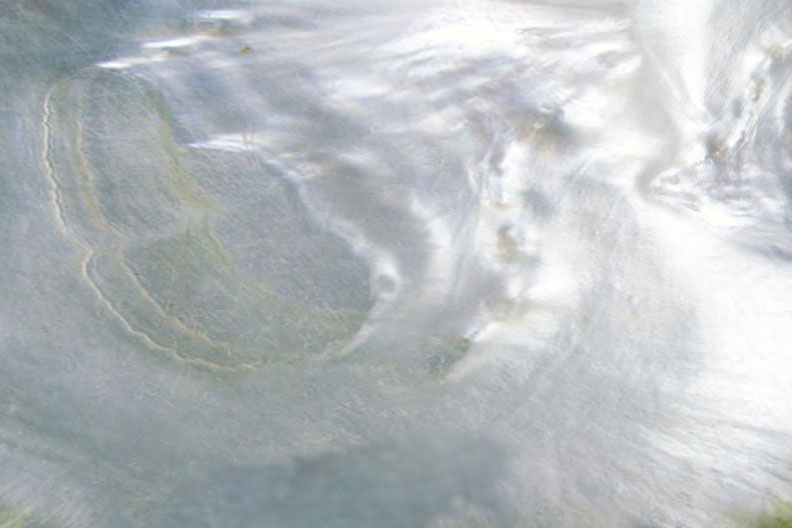
04. Surface:
Pearls surface can be categorised as clean, lightly spotted or moderately spotted. Keeping all other factors equal, a clean pearl is more valuable than a lightly or moderately spotted pearl; however, a pearl having few or negligible spots does not substantially affect the value of the pearl.
05. Lustre:
The lustre (shine) of the pearls can be excellent, good or fair. In comparison to other value factors, lustre is often the most important of all. Keeping all other factors equal, pearls with higher lustre are of greater value than those with lower lustre.
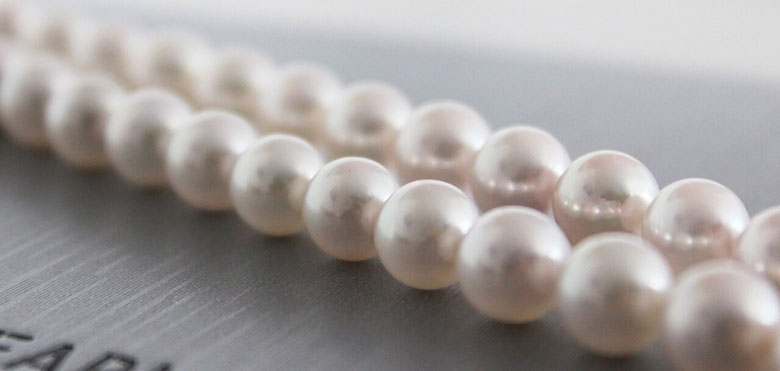
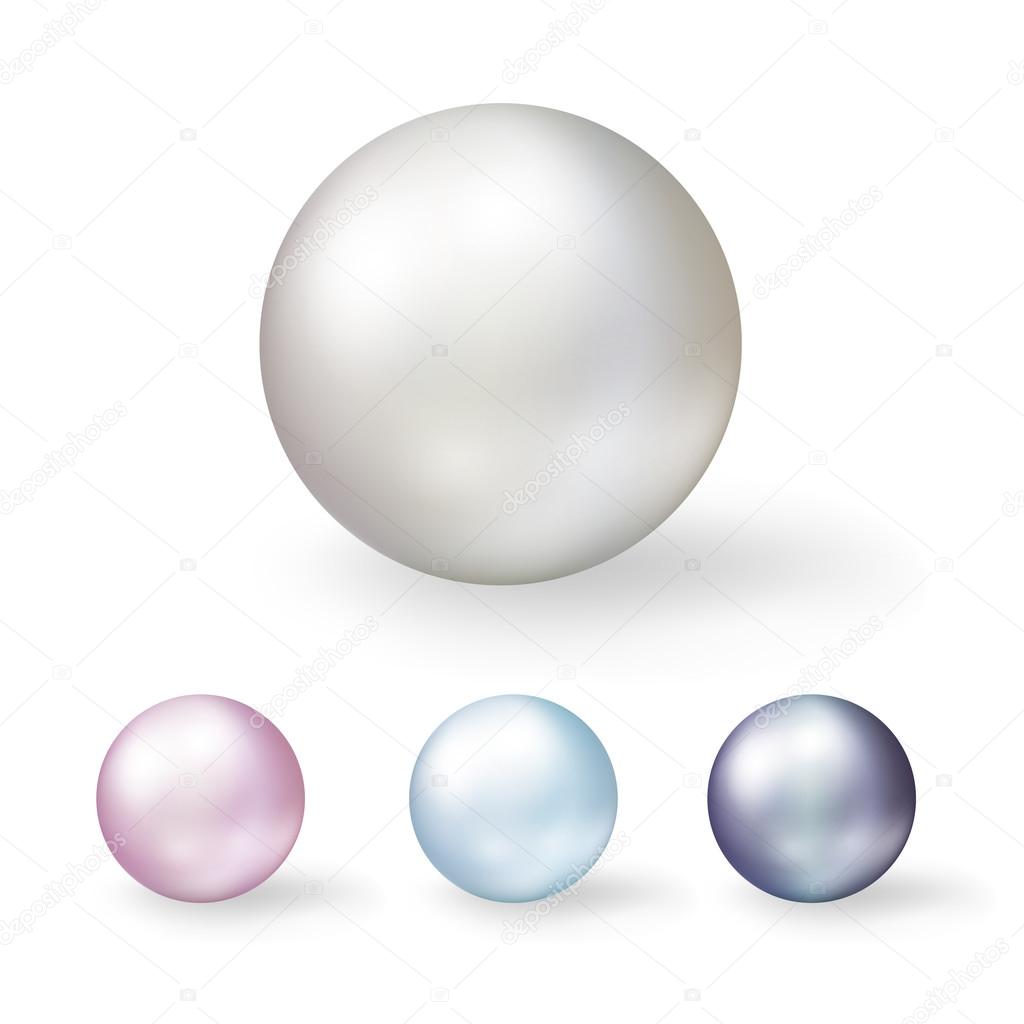
06. Colour:
Freshwater cultured pearls come in a variety of different natural colours including white, pink, peach, cream, and others. Saltwater cultured pearls come in a variety of different natural colours including golden, white, cream, grey, black and others. The value of a pearl is affected by its colour and the availability of the colour. The forces of market trends and fashion determine the value of the pearl’s colour.
06. Matching:
This refers to the matching or similarity of two or more pearls in a necklace or any type of jewellery. A matched pearl strand is often more valuable than a lesser matched strand of pearls. However, sometimes designers mismatch pearls for creating a unique effect.
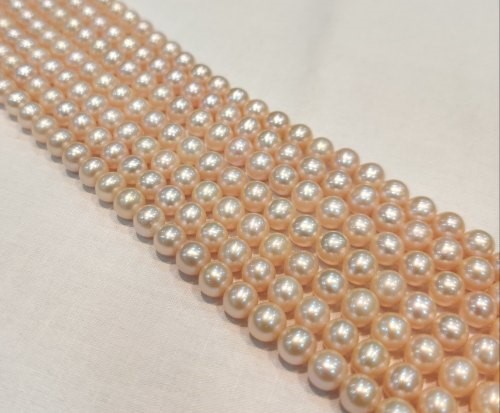
Based on these dimensions Darpan Mangatrai Grading system grades pearls as:
- A – Moderate Quality of Pearls.
- AA - Good Quality of Pearls.
- AAA - Excellent Quality of Pearls.

